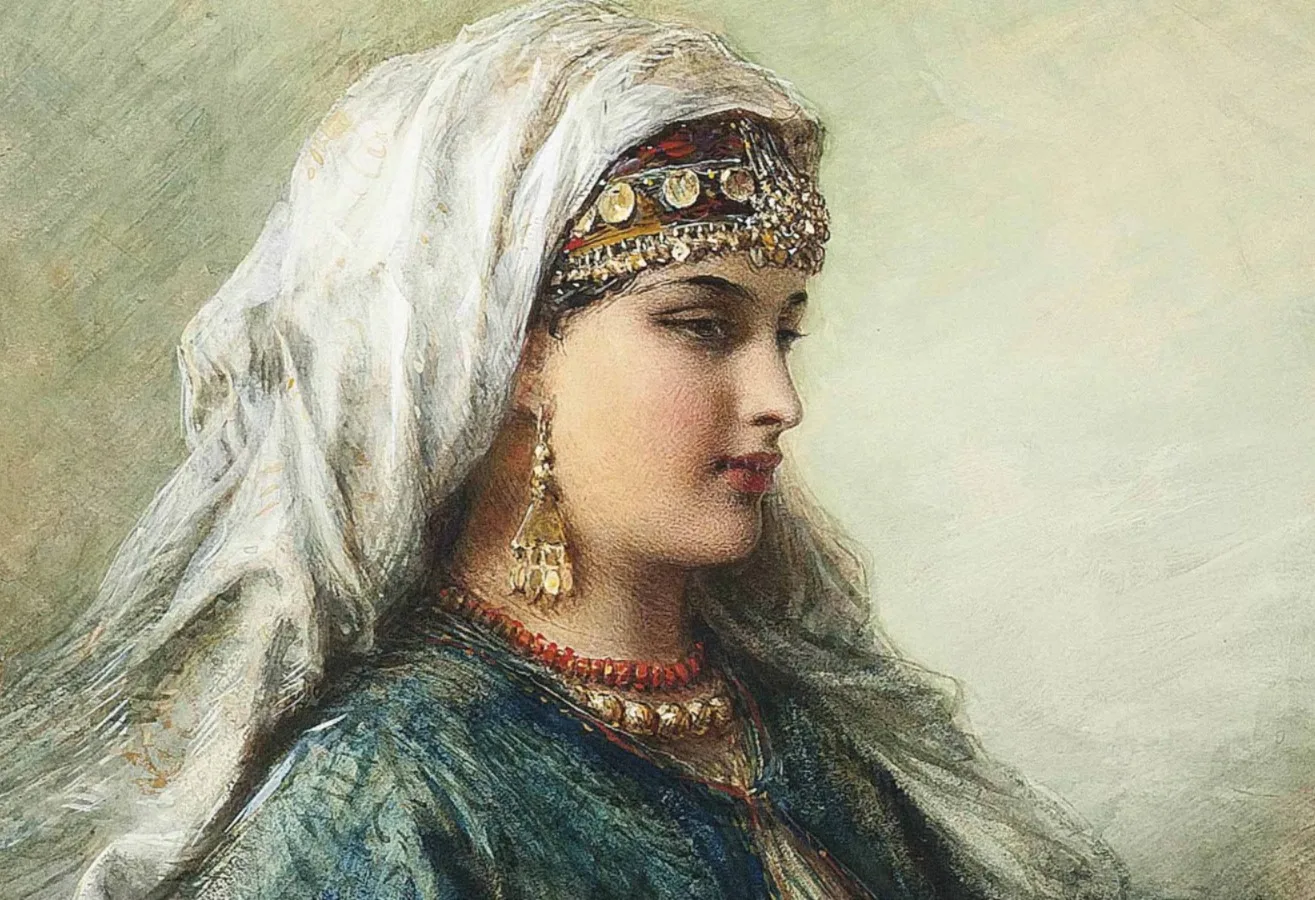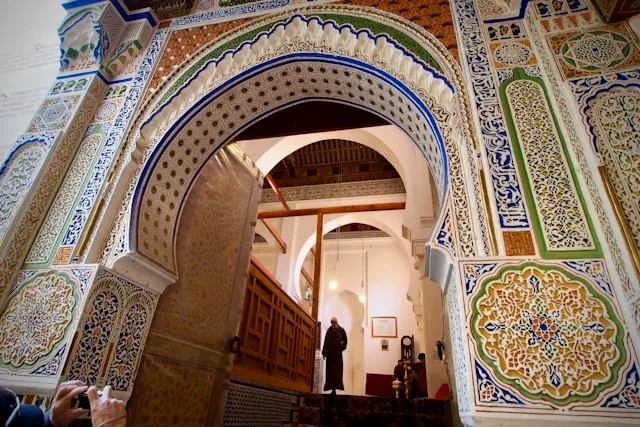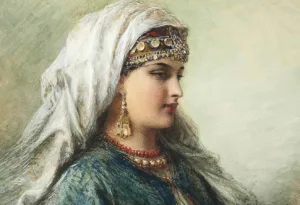Fez – In the chronicles of medieval Morocco, few women appear as vividly as Zaynab an-Nafzawiyya. Historians describe her as the “good fortune” of Almoravid ruler Yusuf ibn Tashfin, the woman who managed his rule and opened vast regions of the Maghreb to him through her political instinct.
Aḥmad ibn Khalid al-Nāsiri calls her the architect behind Yusuf’s success, while Ibn Abi Zarʿ, in Rawḍ al-Qirṭās, portrays her as a sharp, decisive woman with deep knowledge of political affairs – so astute that some contemporaries nicknamed her “the sorceress.”
The label, in reality, reflects a mixture of admiration and unease at a woman who moved with ease in the world of power.
From Aghmat to the heart of power
Zaynab was known as “an-Nafzawiyya” in reference to the Berber Nafzawa tribe. She was the daughter of Ishaq al-Hawwari, a wealthy merchant of Aghmat, then a thriving commercial and intellectual center in southern Morocco.
Born in the 11th century CE, she grew up in an environment marked by learning, literature, and the presence of scholars who visited local notables. In this privileged setting, Zaynab received an education and exposure to debate that were rare for women of her time.
Chroniclers note that her beauty, refinement, and intelligence quickly became the talk of Aghmat and surrounding tribes. Ibn ʿIdhari writes that her reputation “spread among the Masmuda tribes and beyond,” and that she famously refused to marry anyone unless he ruled Morocco – a detail that underlines both her ambition and her understanding of power.
Her first marriage was to Yusuf ibn ʿAli ibn ʿAbd al-Rahman, a local leader in the Ourika region near Aghmat. After he was killed in conflict and replaced by the Banu Yafran chief Lqut, she married the victor. But that union, too, was short-lived: the Almoravids defeated and killed Lqut at Tadla, reshaping the balance of power in the region.
The turning point: Abu Bakr and Yusuf ibn Tashfin
Zaynab’s third marriage brought her directly into Almoravid circles. She wed Abu Bakr ibn ʿUmar al-Lamtuni, one of the founding figures of the movement and a man known for his piety and military leadership.
Their marriage coincided with a crucial phase in Almoravid expansion. But when civil strife and tribal revolts broke out in the Sahara, Abu Bakr decided to return south to restore order and continue the jihad. According to tradition, he judged that the harsh journey and life in the desert would not suit Zaynab, and feared he might die in battle while still responsible for her.
As the story is told, he proposed a separation, telling her that he would divorce her before departing so she would not remain bound to a husband who might never return. He also suggested a solution that would change the course of Maghrebi history: that she marry his cousin and deputy in the north, Yusuf ibn Tashfin, whom he described as worthy of her.
Zaynab accepted. Abu Bakr divorced her, and Yusuf ibn Tashfin married the woman who would become one of his closest advisers and, in the eyes of chroniclers, his political partner.
A queen with a strategic vision
From that point onward, historians agree, Zaynab played a crucial role in the political management of the Almoravid state. Ibn ʿIdhari recounts that Abu Bakr himself advised Yusuf to marry her, saying she was “a fortunate woman” whose presence would bring success.
One of the most striking episodes linked to her concerns Yusuf’s decision to keep power when Abu Bakr later returned from the desert. For eleven years, Yusuf had governed Morocco as his cousin’s deputy and had transformed the region: consolidating authority, founding Marrakesh, and expanding Almoravid control.
When Abu Bakr came back, Yusuf considered relinquishing rule out of loyalty and religious scruple. According to tradition, Zaynab intervened firmly. She argued that the issue was not a personal competition between two men, but a question of the public good and the stability of Muslim lands.
If he stepped aside after more than a decade in which he had unified Morocco, she warned, he would not be showing humility but rather abandoning the interests of the community merely to ease his own conscience. Piety alone, she is said to have reminded him, does not make a great ruler; effective leadership requires political skill, vision, and the ability to preserve what has been built.
Her reasoning helped convince Yusuf to remain at the head of the Almoravid state. From there, he would go on to extend his authority across much of the Maghreb and into al-Andalus, laying the foundations of a trans-continental empire.
A rare female figure in medieval power
Zaynab an-Nafzawiyya’s story stands out in medieval Maghrebi history. She was not a queen consort confined to the private sphere, but a political actor whom major chroniclers openly credit with shaping events.
Through successive marriages to local leaders, an Almoravid founder, and finally Yusuf ibn Tashfin, she navigated a constantly shifting landscape of alliances and conflicts. Yet, in the eyes of historians, what truly made her exceptional was not the sequence of her marriages, but the intelligence, strategic sense, and presence of mind she brought to the highest levels of power.
Centuries later, her name still appears in Moroccan historical writing as a symbol of a woman who united beauty and wisdom — and who left a quiet but decisive imprint on the birth of one of the country’s earliest empires.
















